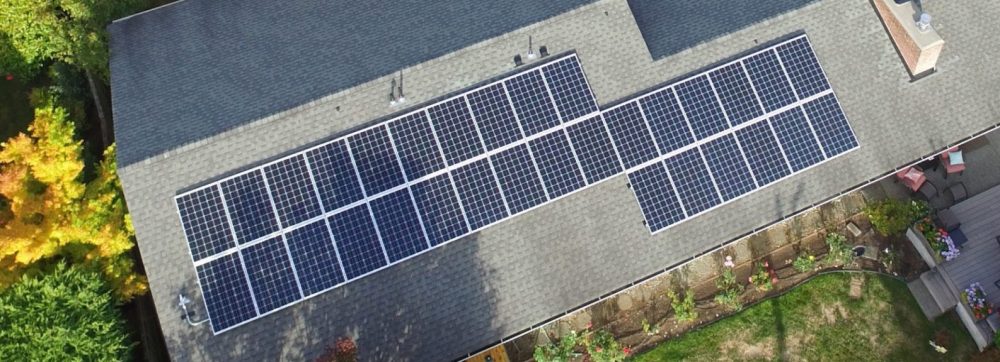On The Tonight Show in 1988, Johnny Carson asked 98 year old rural farmer Merritt Heaton this question: “What’s been the biggest change, since you were a young man on the farm?“
- His answer: “Oh, well, I’d say electricity.” And there was immediate verve in the studio!
- Johnny Carson grew up in Nebraska. He responded: “Well people forget … I remember going to my grandparents’ home where they didn’t – they had the kerosene lamps …”
- Merritt Heaton: “Exactly, maybe had a few candles around?”
- Johnny Carson: “Ab-solutely”
In the mid 1930’s, 90% of rural America lacked electricity. By 1950 just 20% of rural America lacked electricity. What happened in 15 short years!?
Beginning in the mid ’30’s, new transmission towers and lines began to dot and thread the landscape. A new vista on the horizon, and new illumination for the farms and rural folk. Imagine the incredulity of these large metal structures, promising 24/7 electricity to remote areas.
Pres. Franklin Delano Roosevelt took office in 1933. FDR’s New Deal was a plan to take the country out of its economic and unemployment woes. The Great Depression lasted from 1929-1939.
In 1935 FDR formed the Rural Electrification Administration, now known as Rural Utilities Services. A year later Congress passed the Rural Electrification Act (REA)
Funding electric projects in rural America was a priority for the US Dep’t of Agriculture. Loans were distributed via the money allocated in the 1936 Rural Electrification Act. The effort trained and employed physical laborers, electricians, and those that would help administer 1000s of miles of new electrical lines.
Sources:
- Usda.gov
- The Tonight Show with Johnny Carson, Feb 3 1988_YouTube
